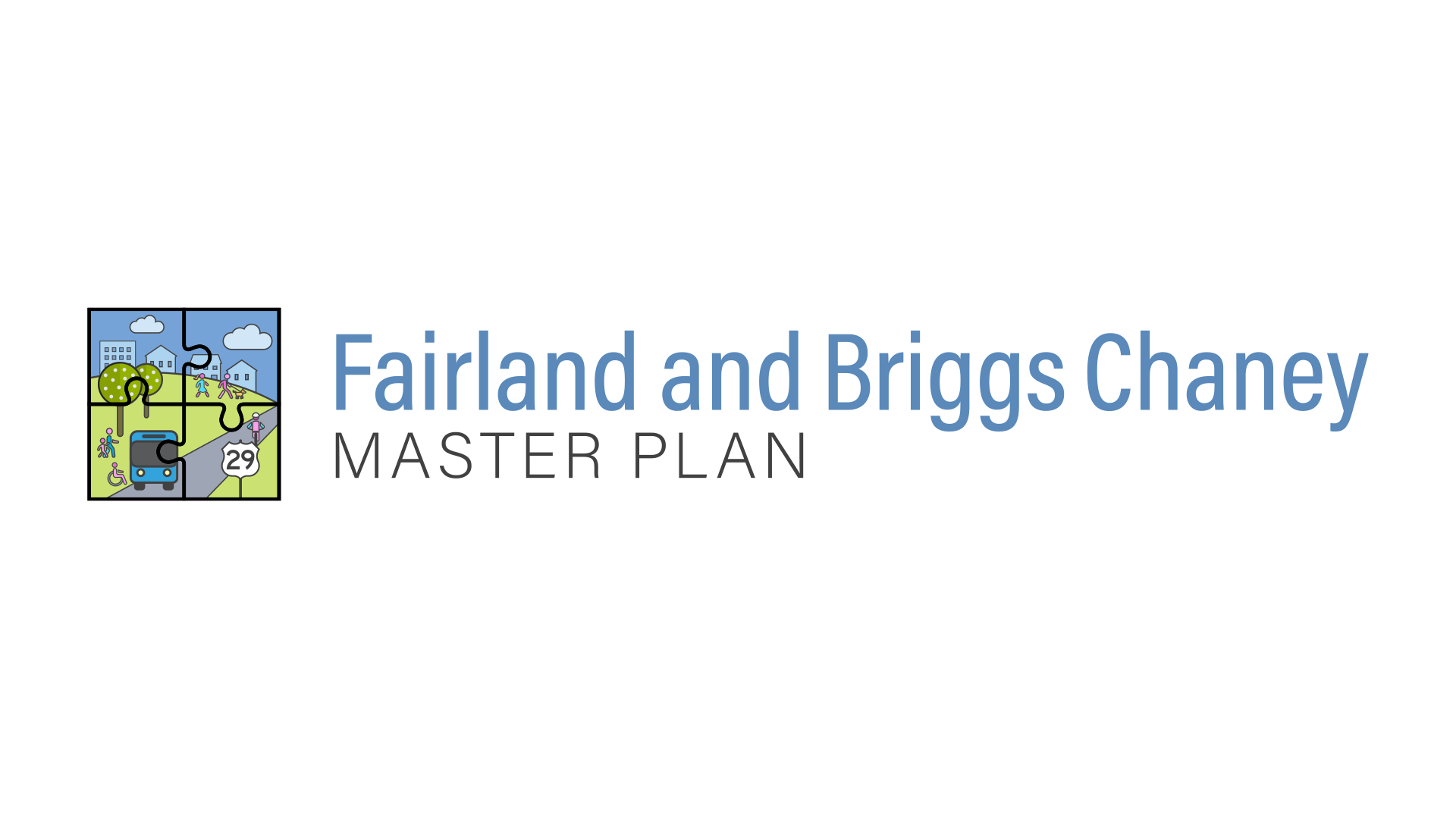
Community Engagement Report highlights the initial outreach process, data, and findings for the Fairland and Briggs Chaney Master Plan.
WHEATON, MD – The Montgomery County Planning Department, part of The Maryland-National Capital Park and Planning Commission (M-NCPPC), presented the Fairland and Briggs Chaney Master Plan Community Engagement Report to the Montgomery County Planning Board at their February 3, 2022 meeting. The report offers a summary of the initial community outreach and engagement activities, preliminary findings, and next steps for the plan.
Throughout the process, planners have engaged residents, business owners and other stakeholders through a series of in-person and virtual options. Materials and listening sessions were translated into different languages to encourage equitable participation with the area’s population. To date planners have:
- Received comments from more than 700 residents in the plan area.
- Held a speaker series, call “CommUNITY Conversations in Fairland” that highlighted people-first planning Fairland and the work of neighborhood influencers.
- Hosted four listening sessions to gather information on community concerns and document individual stories.
- Partnered with Everyday Canvassing to knock on over 3,850 doors to conduct in-person interviews.
- Conducted a pedestrian audit of the plan area to highlight opportunities for the plan to make recommendations to be more friendly to walk and roll.
- Reached out via online surveys, formal and informal community meetings, mailings and other tools.
Read the Community Engagement report.
“The overall outreach and engagement strategy has been a focused on putting people first,” said Upcounty Master Planning Supervisor Don Zeigler. “The community is the backbone of this plan process, and we have been happy to have been able to speak to so many residents in the plan area.”
Next steps
Planners will continue to engage the community throughout the process. Continued efforts include focus groups, business and property owner canvassing, a pedestrian audit toolkit and a public photo contest. As the plan shifts to other phases, the Working Draft of the plan will be presented to the Planning Board sometime in Fall 2022. A public hearing for the plan will be held in late 2022 or early 2023.
If you are interested in the Fairland and Briggs Chaney Master Plan, sign up for the plan’s eletter or contact Project managers:
Molline.Jackson@montgomeryplanning.org or Phillip.Estes@montgomeryplanning.org
About the Fairland and Briggs Chaney Master Plan
The Fairland and Briggs Chaney Master Plan is an update to a portion of the 1997 Fairland Master Plan and will establish a clear vision for an equitable, just, and prosperous future for the Fairland community, mirroring the county’s long-term priorities, which include a vibrant economy, equity for all residents, and a healthy environment. The master plan boundary consists primarily of property and communities of Fairland and Briggs Chaney along the US 29 Corridor from near Paint Branch on the south to Greencastle Road on the north. The update will examine and provide policies and recommendations on existing and future land uses and zoning, housing inventory and needs, transportation systems, historic preservation opportunities, area park facilities, and the environment. This master plan will take cues from the equity framework in the update to the county’s General Plan, Thrive Montgomery 2050, which describes how places with equitable access to opportunity produce strong, successful communities. Goals of the Fairland and Briggs Chaney Master Plan include:
- Complete Community: Identify and correct past inequitable development policies to make the Fairland and Briggs Chaney communities more whole and connected by integrating centers of housing, retail, and office development with parks and open space to make 15-minute living a reality for as many people as possible.
- Resilient Economy: Promote economic development and job growth within the plan area and surrounding communities.
- Housing: Promote racial and economic diversity and equity in housing to help rectify past discriminatory housing policies in every neighborhood.
- Arts, Culture and Environment: Support arts and cultural institutions, through parks, open space and environment, recreational programming, and development, to celebrate our diversity, strengthen pride of place, and make the county more attractive and interesting.
- Corridor Growth and Connectivity: Promote and prioritize public and private investment along the Route 29 corridor and neighboring communities to leverage and attract future private investment in community facilities and redevelopment, including a safer, more comfortable network for walking, biking, and rolling that connects the corridor communities.